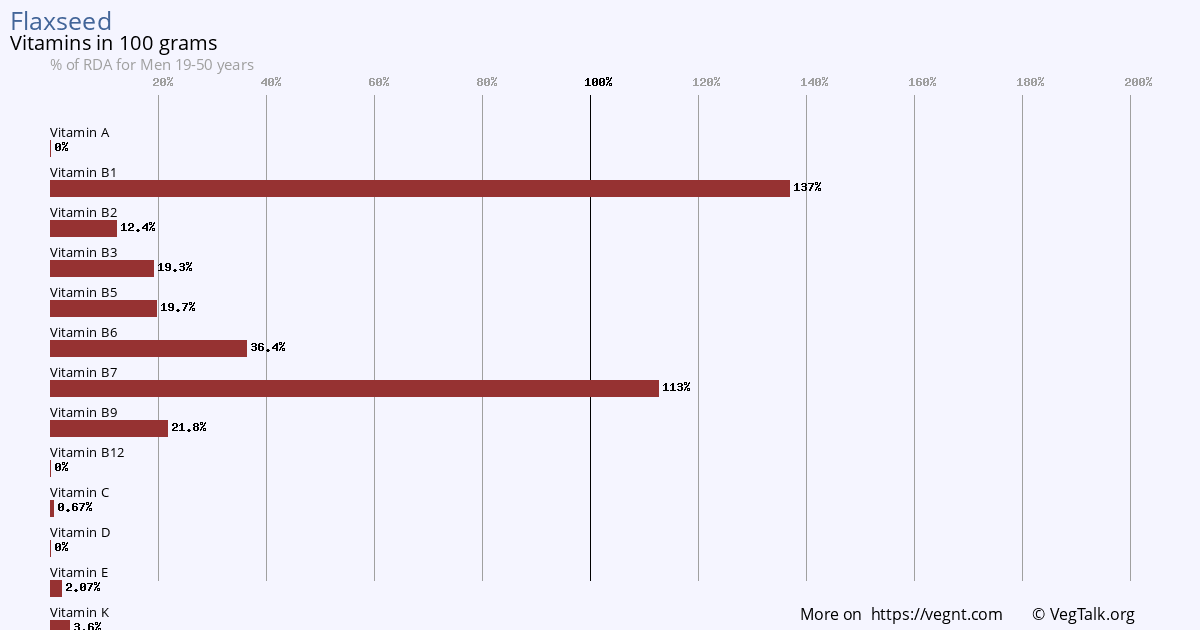[size=150]Vitamin D[/size]
Vitamin D is a fat soluble vitamin that is found in food and can also be made in your body after exposure to ultraviolet (UV) rays from the sun. Sunshine is a significant source of vitamin D because UV rays from sunlight trigger vitamin D synthesis in the skin.
The major biologic function of vitamin D is to maintain normal blood levels of calcium and phosphorus. By promoting calcium absorption, vitamin D helps to form and maintain strong bones. Vitamin D also works in concert with a number of other vitamins, minerals, and hormones to promote bone mineralization. Without vitamin D, bones can become thin, brittle, or misshapen. Vitamin D sufficiency prevents rickets in children and osteomalacia in adults, two forms of skeletal diseases that weaken bones.
Research also suggests that vitamin D may help maintain a healthy immune system and help regulate cell growth and differentiation, the process that determines what a cell is to become.
Where do I find Vitamin D?
Vitamin D is produced in skin exposed to sunlight, specifically ultraviolet B radiation. Very few foods are naturally rich in vitamin D, and most vitamin D intake is in the form of fortified products including milk, soy milk and cereal grains.
What are the health risks of too much vitamin D?
Vitamin D toxicity can cause nausea, vomiting, poor appetite, constipation, weakness, and weight loss .It can also raise blood levels of calcium causing mental status changes such as confusion. High blood levels of calcium also can cause heart rhythm abnormalities. Calcinosis, the deposition of calcium and phosphate in the body’s soft tissues such as the kidney, can also be caused by vitamin D toxicity.
Vitamin D malnutrition.
Vitamin D malnutrition may also be linked to an increased susceptibility to several chronic diseases such as high blood pressure, tuberculosis, cancer, multiple sclerosis, chronic pain, depression, schizophrenia, seasonal affective disorder and several autoimmune diseases.
How much vitamin D do we need? UPDATED: 01 2019
Ages International Units mcg/d
0–12 months* 400 IU 10
1-69 600 IU 15
70 + 800 IU 20
When can vitamin D deficiency occur?
A deficiency of vitamin D can occur when dietary intake of vitamin D is inadequate, when there is limited exposure to sunlight, when the kidney cannot convert vitamin D to its active form, or when someone cannot adequately absorb vitamin D from the gastrointestinal tract.
